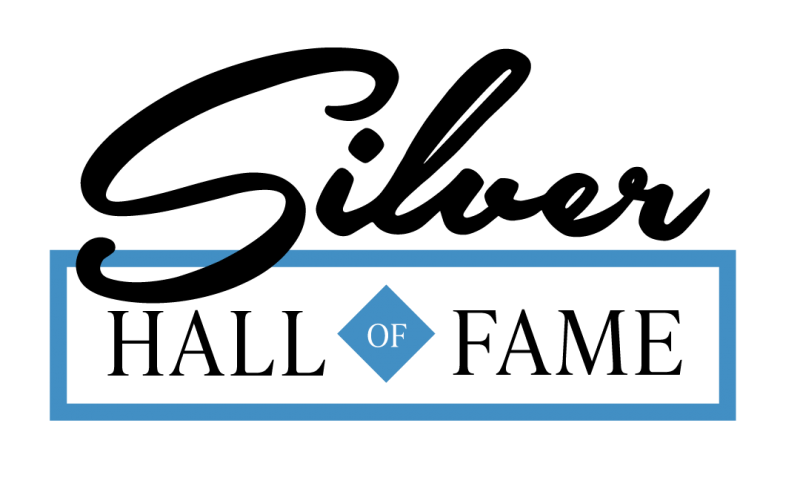Dirham
A Currency Steeped in History
The dirham, meaning "dram" or "weight" in Arabic, boasts a rich history that transcends its current use as a unit of currency. While most commonly associated with the United Arab Emirates (UAE) and Morocco, the dirham's story spans centuries and encompasses several countries.
Historically, the dirham was a silver coin used throughout the Islamic world. Its origins can be traced back to the Umayyad Caliphate (661-750 AD), where it was established as a standardized coinage system. The dirham was further refined during the Abbasid Caliphate (750-1258 AD), becoming a widely accepted form of payment across trade routes. Its influence extended beyond the Arab world, reaching Europe through Viking trade networks.
Today, the dirham holds the primary position as the official currency of two nations.
United Arab Emirates Dirham (AED)
Introduced in 1973, the UAE dirham is a stable currency pegged to the US dollar. Coins come in denominations of 1 dirham and fractions called fils, with 100 fils equaling 1 dirham. The coins blend modern design and cultural heritage, featuring Arabic calligraphy and imagery depicting traditional coffee pots and oil derricks.
Moroccan Dirham (MAD)
Established in 1882, the Moroccan dirham is a floating currency. Its coins are similar to the UAE dirham, with denominations ranging from 1 to 10 dirham. The designs showcase Moroccan landmarks and cultural elements.
Beyond these two primary uses, the dirham also exists as a subunit within the currencies of Jordan (Qirsh), Libya (Dirham), Qatar (Dirham), and Tajikistan (Diram). While these denominations are typically not used for everyday transactions, they serve as a reminder of the dirham's historical significance.
The dirham's enduring legacy lies in its role as a symbol of economic exchange and cultural connection. From its ancient roots as a silver coin to its modern-day use, the dirham continues to be a testament to the interconnectedness of global trade and the lasting influence of historical currency systems.
Last Updated on: 2024-03-10
